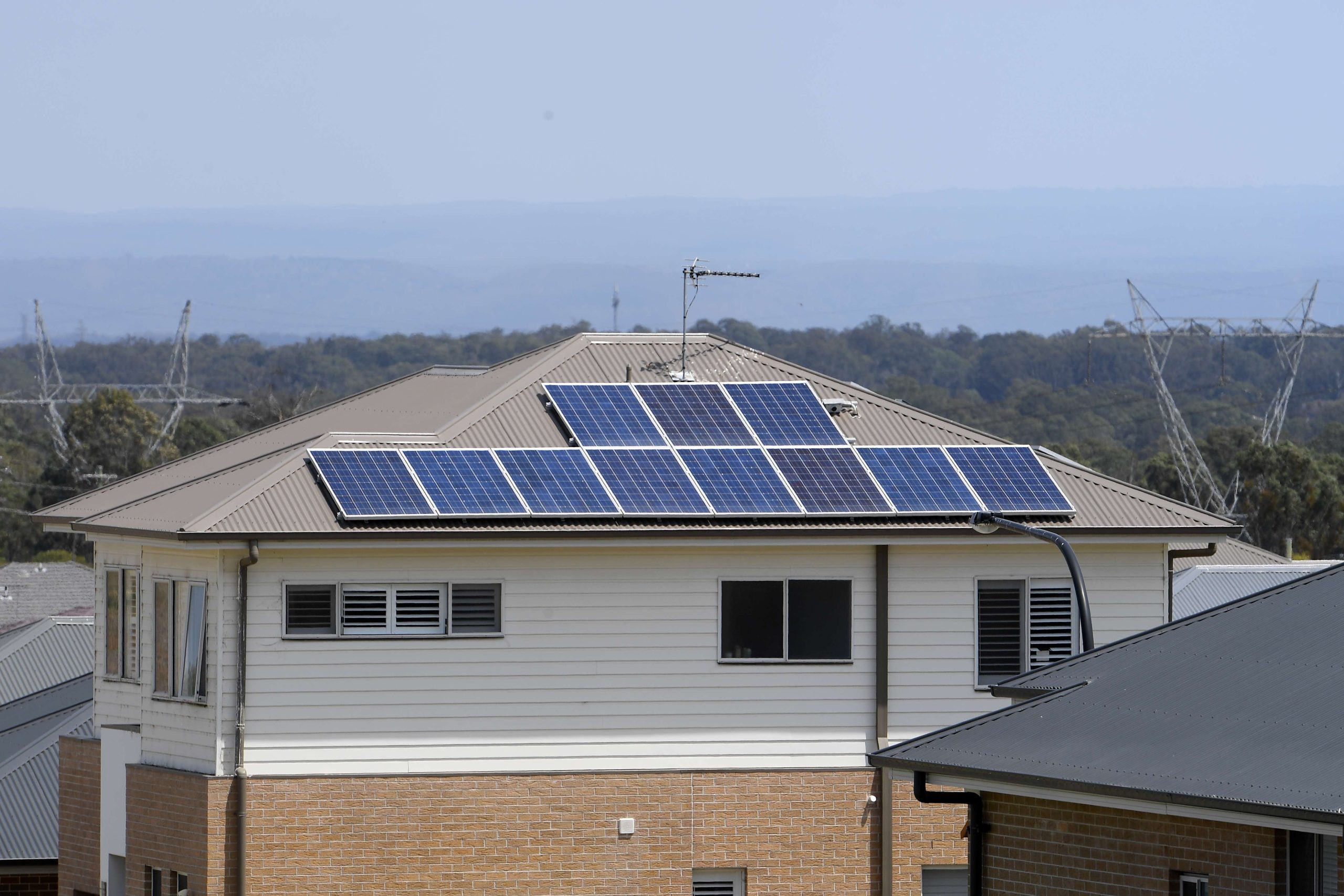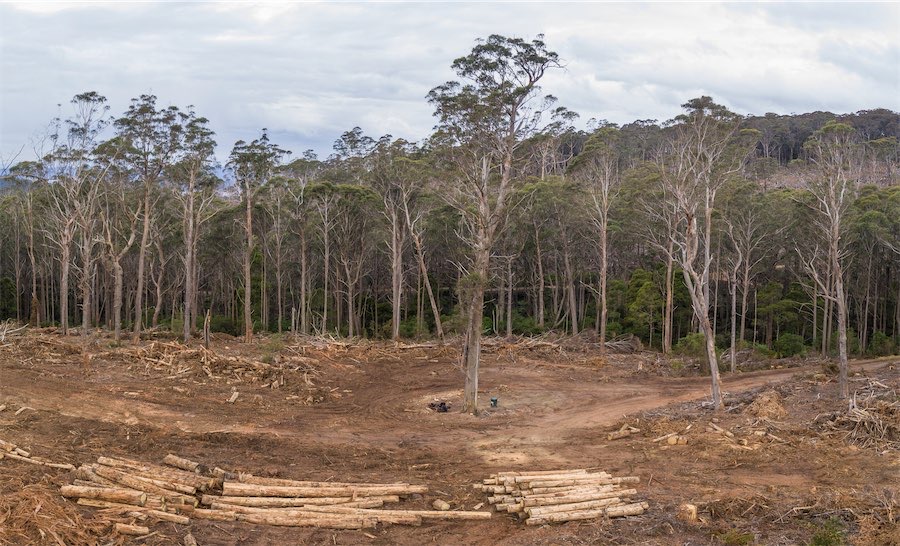
Some 2.5 gigawatts of residential solar power was installed in 2023, equivalent to 6.1 million average-sized solar panels, but fewer solar farms came on line, according to the latest market intelligence.
Victoria hosts the postcode with the greatest solar capacity in the nation (3029) in north-west Melbourne, according to data released on Wednesday by solar firm SunWiz.
NSW has a new number one postcode for solar power, (2765) in Western Sydney, after faster growth in 2023, up by more than a quarter (26 per cent) in additional capacity. South Australia’s top solar postcode was near Adelaide (5114).
South Australia provided a glimpse of the future, running on 100 per cent renewable energy for long stretches of the year, frequently from rooftop solar alone.
“Despite household and business budgets being hit hard by inflation and interest rate increases, solar power systems fell in price in 2023,” SunWiz managing director Warwick Johnston said.
“Solar power remains the most popular way of reducing electricity bills, and it rapidly pays for itself,” he said.
Further, system upgrades represent a sizeable proportion of all installations as people plan for home batteries and electric cars.
The average size of a rooftop solar system hit a fresh record at 9.4 kilowatts and has more than doubled in the past 10 years as more Australians future-proof their homes with the biggest set-up allowed by their local energy operator.
Australia is one of the cheapest markets to buy a residential solar system and the high penetration rate of residential solar has not slowed down the market.
“By becoming mainstream, people now buy solar because everyone else in their neighbourhood has done so,” SunWiz said.
But 2023 was the worst year for new solar farms since their mass rollout began, according to the data.
Mr Johnston said federal and state governments need to act swiftly to support new solar farms and the rollout of commercial solar power and home energy storage systems.
Energy from household or commercial rooftop solar is first used within the premises and any excess creates a bill credit, or feed-in tariff, that is far lower than the price of electricity from the grid.
That means it makes sense to shift your heaviest energy use to daytime hours to take advantage of free solar, add a battery to store energy for later use or control the load by using water heaters, heat pumps and electric vehicles.
Who can be trusted?
In a world of spin and confusion, there’s never been a more important time to support independent journalism in Canberra.
If you trust our work online and want to enforce the power of independent voices, I invite you to make a small contribution.
Every dollar of support is invested back into our journalism to help keep citynews.com.au strong and free.
Thank you,
Ian Meikle, editor





Leave a Reply